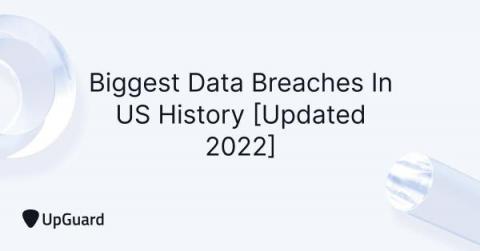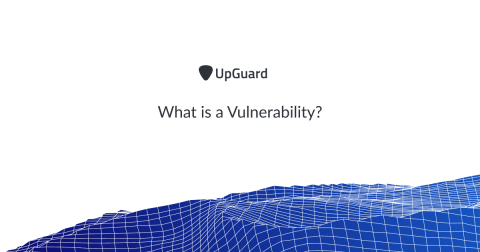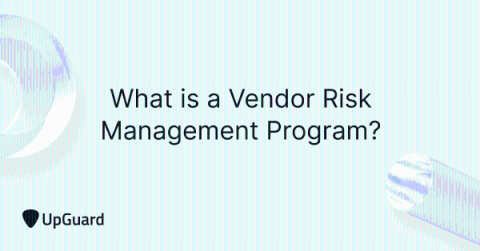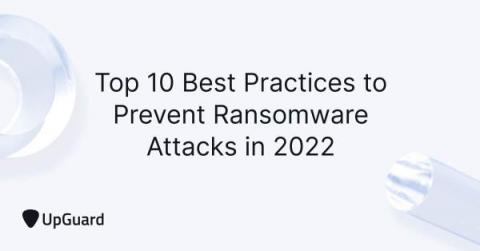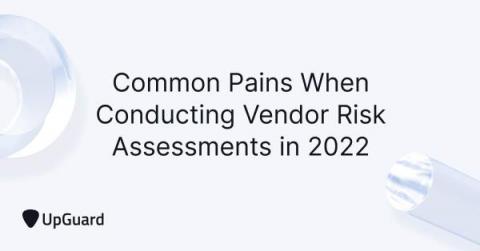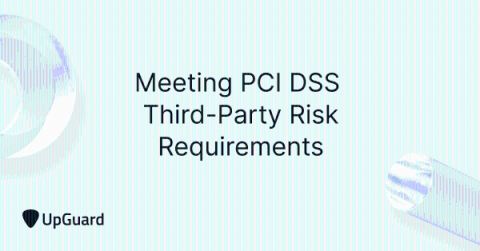Biggest Data Breaches in US History [Updated 2022]
Everyone is at risk of a data breach or cyber attack, no matter how small or large a company is. Hackers and cybercriminals come up with new ways every day to steal sensitive information or personal data that they can potentially sell or ransom for money. According to a report published by the Identity Theft Resource Center (ITRC), a record number of 1862 data breaches occurred in 2021 in the US.


